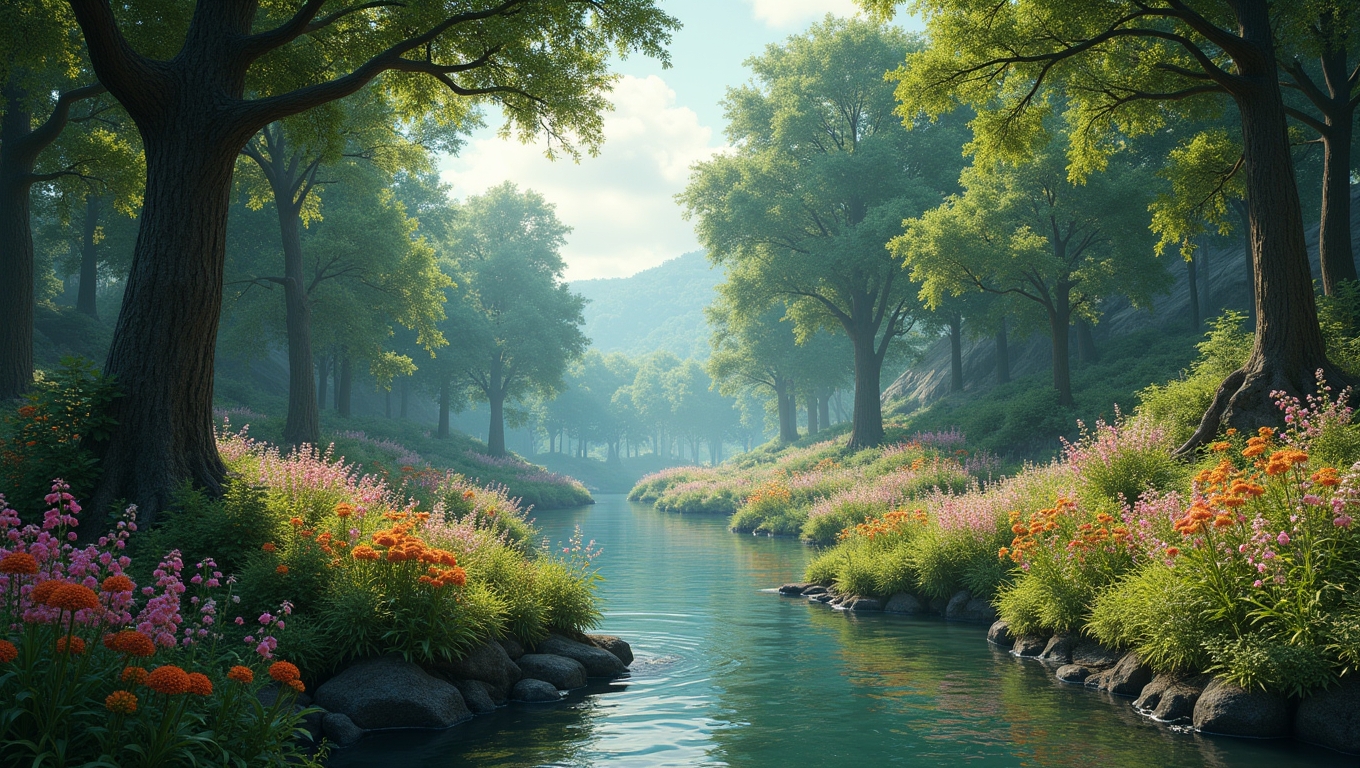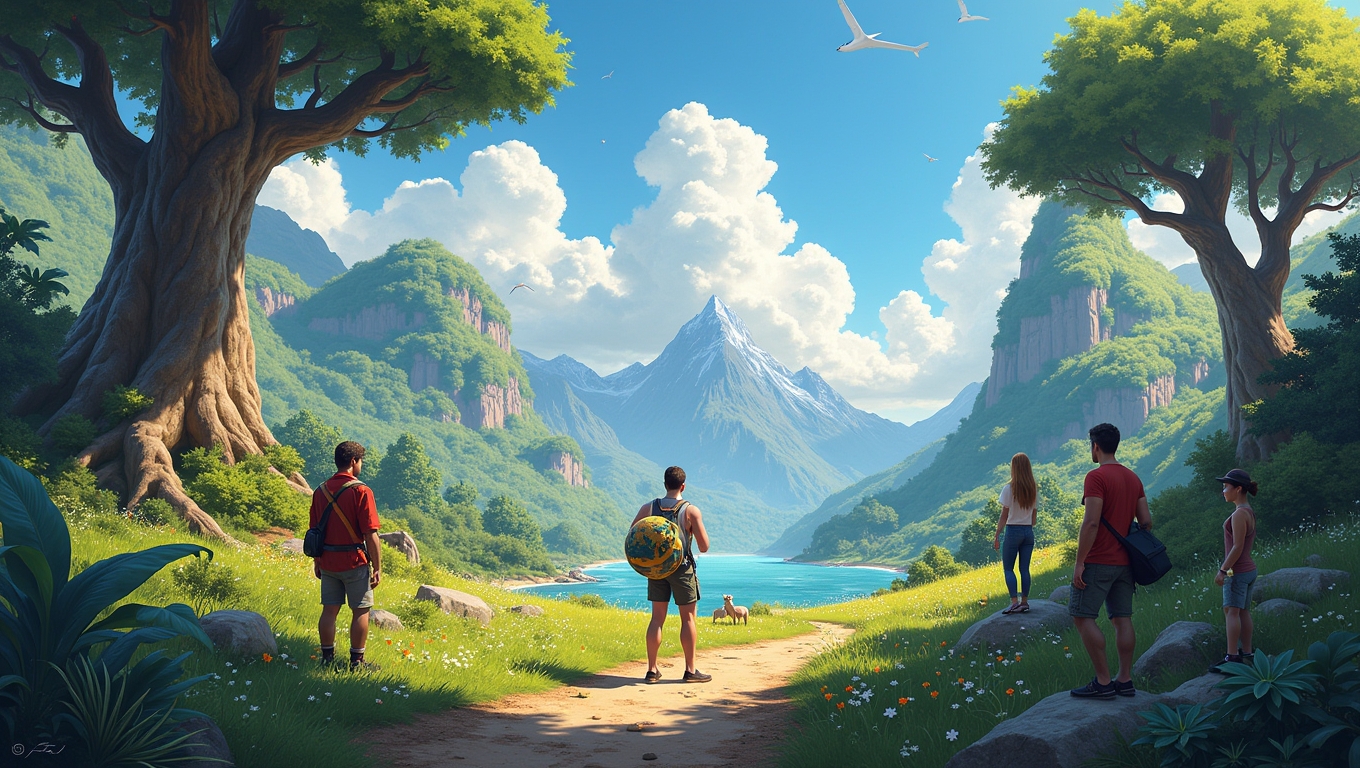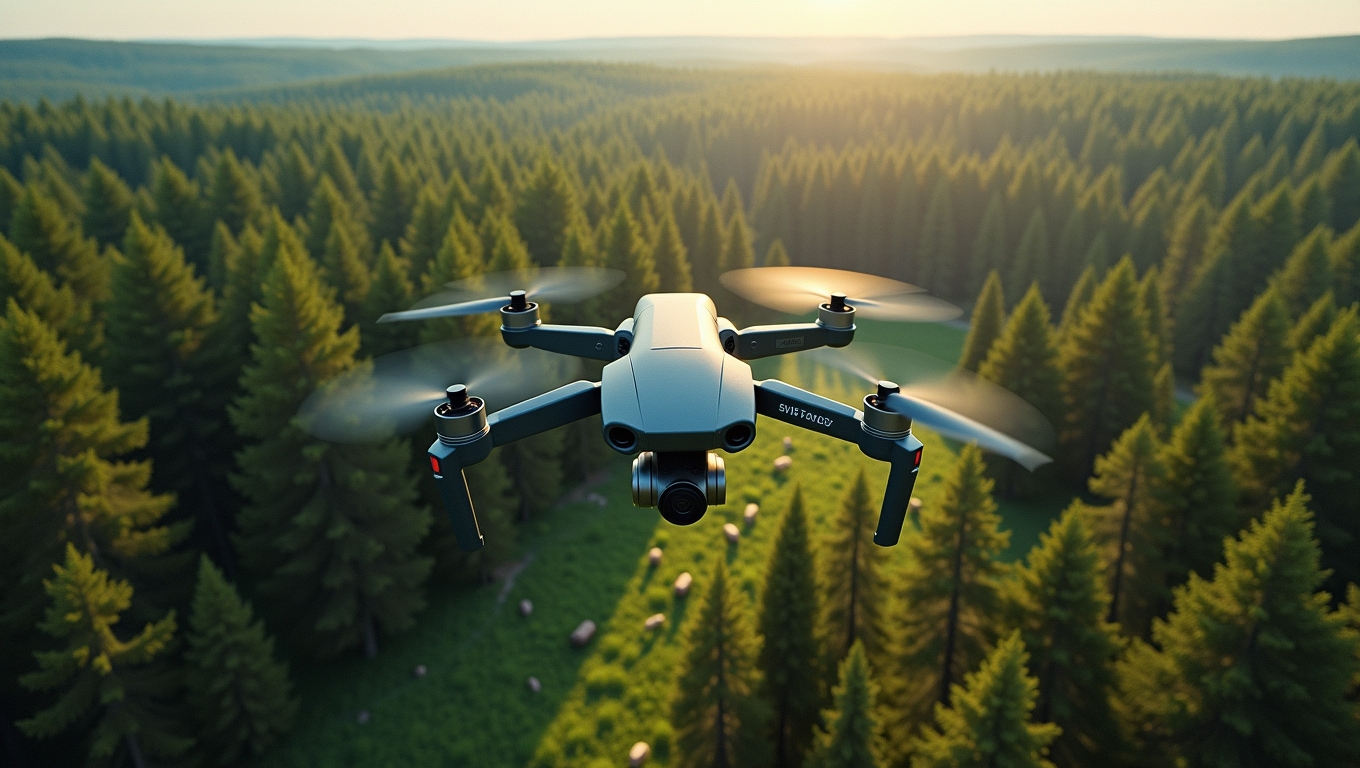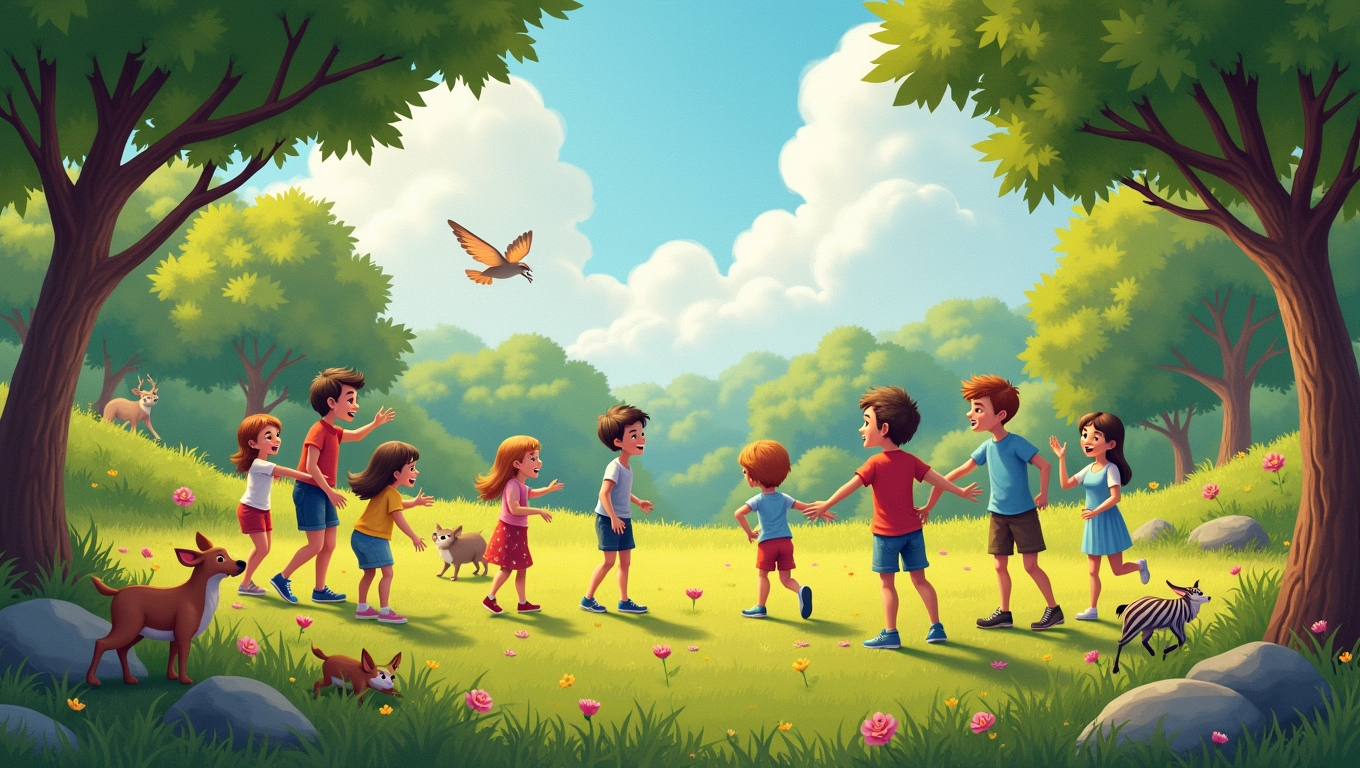In the world of video games, characters typically take center stage, from heroic protagonists to villainous foes. However, an often overlooked aspect of game design is the environment itself. Can nature be a game’s best character? This question invites us to explore how landscapes, weather, and ecosystems can shape narratives and enhance gameplay experiences.
The Role of Nature in Game Design
Nature as a game’s best character can be seen in titles like “The Legend of Zelda: Breath of the Wild” and “Firewatch.” These games showcase how the environment is not just a backdrop but an integral part of the storytelling. In “Breath of the Wild,” the vast landscapes encourage exploration and discovery, while the changing weather conditions can alter gameplay dynamics. Similarly, “Firewatch” uses the Wyoming wilderness to create an atmosphere that deepens emotional engagement.

Nature influences player behavior and decision-making. When players navigate through forests, mountains, or oceans, they interact with their surroundings, which can evoke a range of emotions. Nature’s beauty can inspire awe, while its dangers can instill fear or tension. This dynamic relationship between players and the environment elevates the experience, making nature a vital character in its own right.
<h3.Narrative Depth Through Environmental Storytelling
The concept of nature as a game’s best character extends beyond mere aesthetics. Environmental storytelling uses nature to communicate backstory and themes without relying on dialogue. For example, a desolate landscape with remnants of a once-thriving civilization can tell a powerful story of loss and decay. Games like “The Last of Us” exemplify this, where the lush overgrowth reclaiming urban areas speaks volumes about humanity’s struggle against nature and itself.
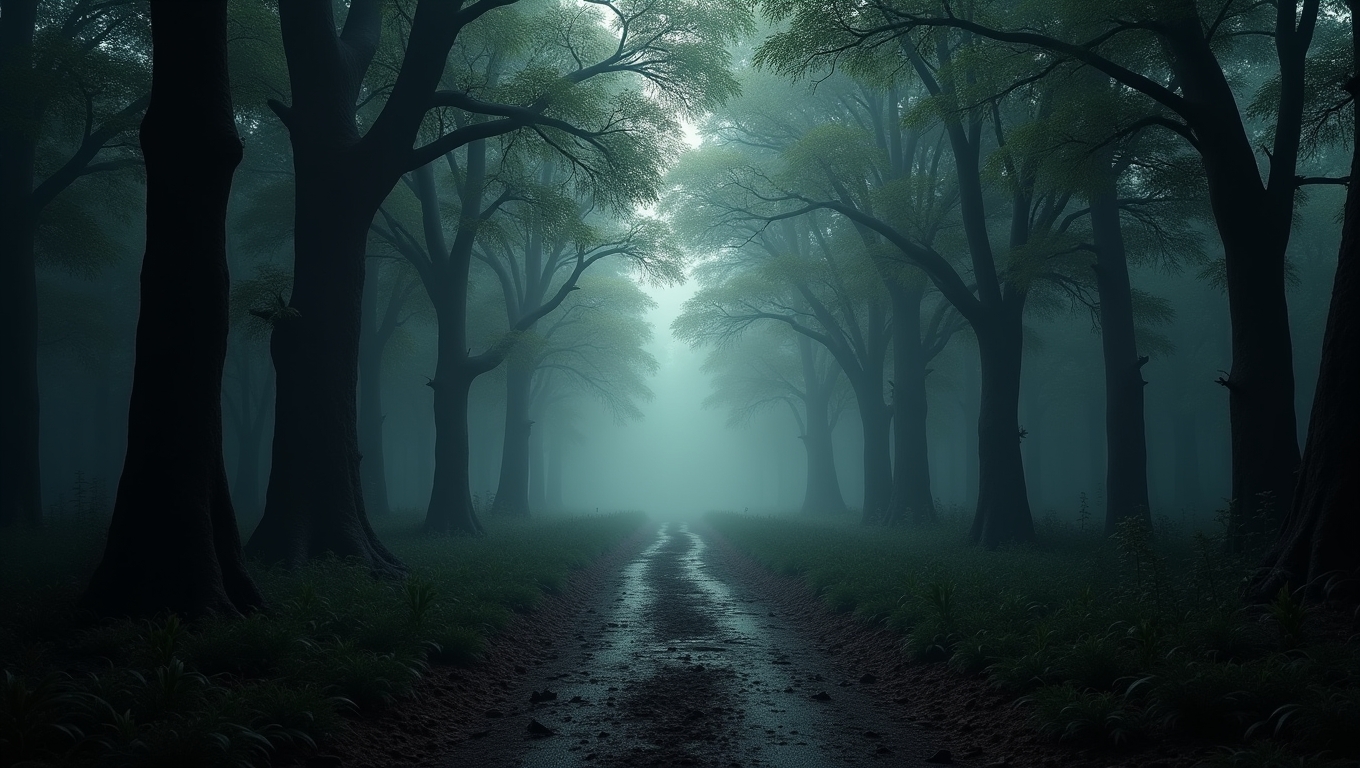
Nature can also serve as a metaphorical character. The changing seasons in games can symbolize growth, decay, and rebirth. Titles like “Stardew Valley” utilize seasonal changes to influence gameplay, from farming cycles to festivals, reflecting the passage of time and the connection between humans and nature. This layered storytelling adds depth to the gaming experience, demonstrating how nature can serve as a powerful narrative device.
<h3.The Future of Nature in Gaming
As technology advances, the potential for nature to be a game’s best character only grows. With the rise of virtual reality (VR) and augmented reality (AR), developers can create even more immersive environments that respond to player actions. Imagine walking through a forest in VR, where the rustling leaves and chirping birds react to your movements. Such experiences can deepen the emotional connection between players and nature, making it an even more compelling character.
In conclusion, the question of whether nature can be a game’s best character opens up a rich dialogue about the role of the environment in gaming. From enhancing gameplay mechanics to deepening narrative engagement, nature has the potential to be more than just a backdrop. As the gaming industry evolves, the integration of nature as a character will likely continue to shape how stories are told and experienced, reminding us of the profound connection between humanity and the natural world.
Some content and/or images on this page were created using AI.

